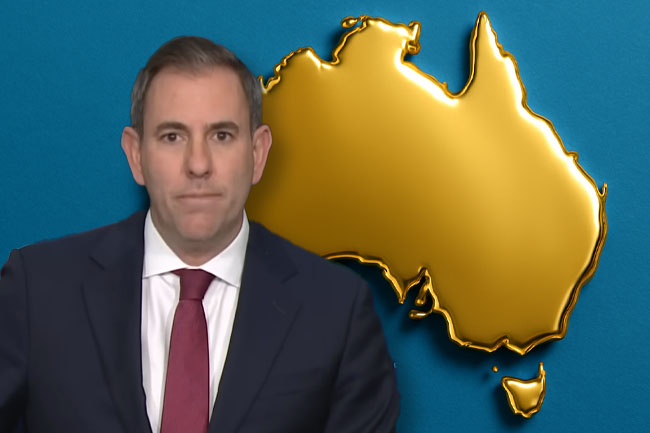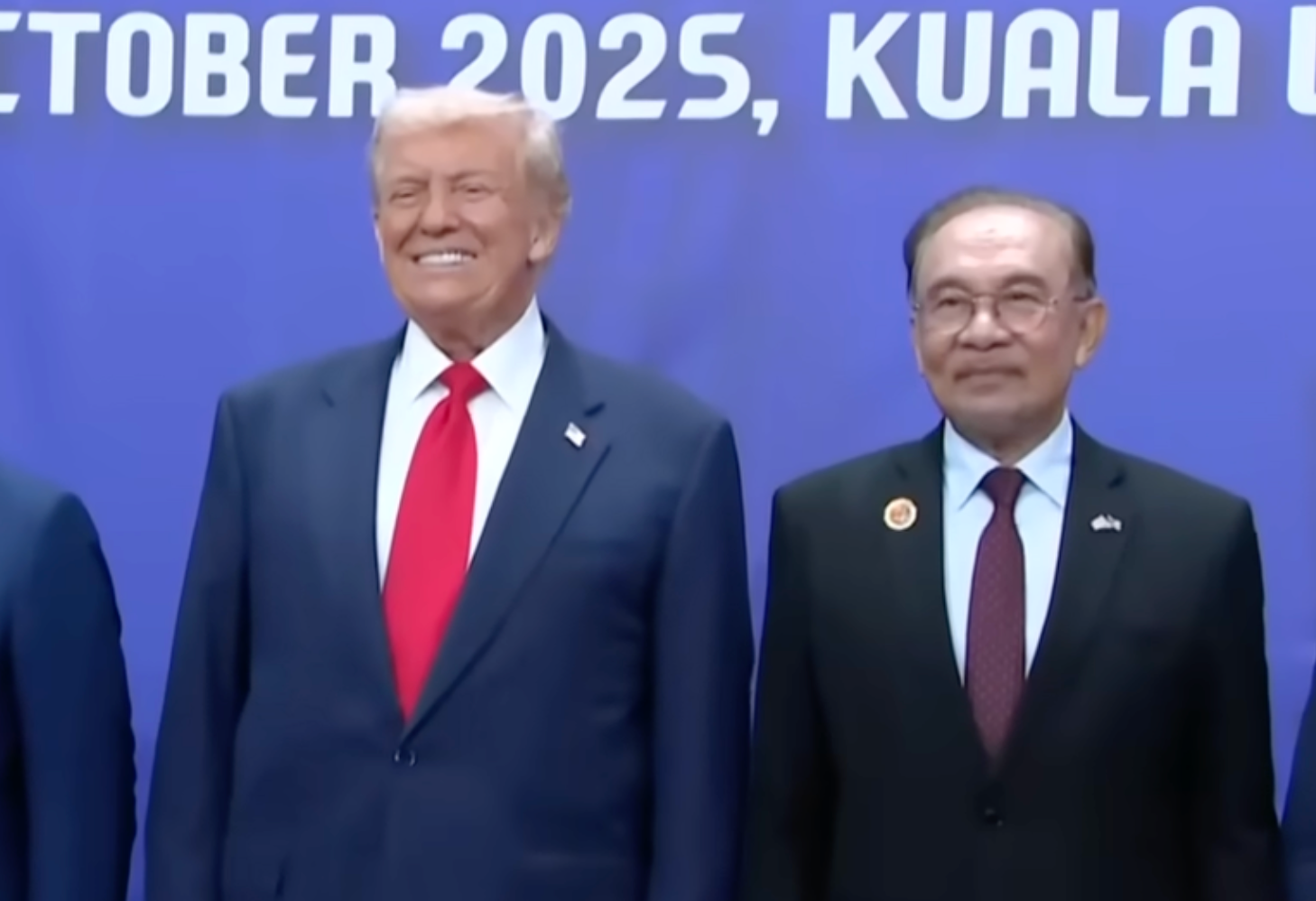Practical application of IA's original new comparative evaluation of global economies – the IAREM – proves itself capable of answering some very divisive political questions. Alan Austin reports.
[Read Part One: Australia tops the IAREM — The world's best economy]
THERE IS STRONG VINDICATION for former treasurer Wayne Swan in the latest findings from the IAREM, but warnings for Australia’s new economic direction.
Last weekend’s launch of the IAREM scores – the Independent Australia ranking on economic management – boosted the fiscal reputation of several nations. And offered some surprises.
Australia topped the list of best-managed economies in 2013, followed by Norway, the United Arab Emirates, Singapore and Switzerland.
Post-war powerhouses Germany, the USA, the United Kingdom and France were well down the ranking. Developing economies scoring well were Oman, Taiwan, Chile, South Korea and Panama.
Back in 2008, all global economies faced the most dramatic upheavals since the Great Depression, when the global financial crisis (GFC) devastated much of the world.
Some clearly emerged healthier than others.
So who were the winners and losers? Do any evident patterns allow conclusions to be drawn?
The chart below, Table Two, shows the top 25 IAREM rankings in 2007, before the GFC hit. This table was prepared with precisely the same calculations as the 2013 chart, Table One, using raw data from the exact same sources — so comparability is not a problem.
The IAREM is a score reflecting outcomes in eight measurable areas — income, growth rate, median wealth, jobs, inflation, taxation, net government debt and economic freedom
The formula is simply: IAREM = ip + gr + mw + j – in – t – nd + ef.
Each variable is derived from accessible online data, so calculations are readily replicated by anyone with a spreadsheet programme and internet access.
Primary sources are the World Bank, the International Monetary Fund, Credit Suisse, tradingeconomics.com and Heritage Foundation. Supplementary information is from the CIA, Indexmundi and Brookings.
Following the 25 leading nations shown, the rest of the 2007 top 40 were, in order: Germany, Estonia, Denmark, Malaysia, Czech Republic, Panama, Belgium, Israel, Slovenia, Oman, Lithuania, Brazil, France, Vietnam and Mexico.
Comparing these lists – 2007 and 2013 – reveals dramatic rises and spectacular crashes.
Australia starred, leaping from 9th to first place. Canada climbed from 13th to 7th, Sweden soared from 18th to ninth, New Zealand zoomed from 25th to 10th, and Taiwan turned up 14th from 22nd.
The dismal demises were mostly in Europe.
Iceland fell from second to a frosty 15th, Ireland is idling now at 32nd after starting 14th, Finland finished 19th from 5th and the Slovak Republic slipped from 16th to 41st.
Causes and effects
Now comes the fun part.
What do these booms and busts reveal about the explanations offered to explain Australia’s extraordinary ascendancy?
There are five main theories, often advanced with fervour in inverse proportion to supporting evidence.
The first is that Australia’s strong cash position at the onset of the GFC did the trick. Let’s see.
The IMF’s database of all nations shows nine countries in net surplus in 2007 — apart from a few oil-rich Islamic republics and some poor African states. These were Australia, Bulgaria, Chile, Denmark, Estonia, Finland, Kazakhstan, Norway and Sweden.
If low debt was effective, then we would expect these to have rocketed up the rankings. Some did, but most didn’t. Australia, Chile and Sweden advanced. The other six all retreated, Finland disastrously so. So, no correlation here.
Others claim, secondly, budget surpluses were critical. Again the evidence is against. Hong Kong, Bahrain, Denmark, Ireland, Spain, Finland, the Netherlands, and Iceland all had strong surpluses in 2008, yet all went backwards badly. An inverse correlation, if anything.
Was it Australia’s good fortune, thirdly, to have iron ore to export? No, the charts suggest otherwise. Brazil, India and South Africa were also strong iron ore exporters but all went into recession and fell in the IAREM rankings through the GFC.
Trade with China? The fourth popular theory. Yes and no. Other countries have substantial exports to China. These include the Euro Area, Hong Kong and Malaysia, whose rankings all fell spectacularly. Australia and New Zealand among China’s suppliers rose substantially. But was that the reason?
Consider, fifthly, the countries which applied strong and rapid stimulus spending when the GFC hit in 2008.
The Organisation for Economic Cooperation and Development (OECD) has an intriguing chart in a publication titled — The Effectiveness and Scope of Fiscal Stimulus.
Table 3.1 on page 110 shows, in the first column, the level of spending in the early months of the GFC. Australia’s government allocated an impressive 3.3% of its GDP in stimulus. Next highest was the USA, which allocated 2.4%. The other nine nations which allocated more than 0.75% were Canada, Denmark, Germany, Japan, South Korea, Luxembourg, Mexico, Sweden and Spain.
Of these eleven, eight rose in the ranking from 2007 to 2013. Luxembourg slipped marginally from third to sixth, but remained a strong economy. Spain fell further, but may be a special case. Denmark barely budged.
We know also that China and Oman – outside the OECD – also implemented strong stimulus programs. Both rose dramatically through the GFC. So did several others.
Table 3.2 in the same OECD document provides an even more remarkable correlation. It shows on page 111, third column from the right, stimulus spending given directly to households in 2008-2010.
Just seven OECD countries allocated more than 0.25% of GDP. They were Australia, Belgium, Canada, Greece, Japan, Mexico and the USA. Six of the seven economies improved their ranking through the GFC. Greece remained virtually unchanged.
So the 2008 advice given to the Rudd Government by Ken Henry – “Go early, go hard, go households” – which the Coalition in opposition bitterly opposed, seems vindicated.
As, it appears, does the overall strategy of direct stimulus applied successfully in many countries, but nowhere to greater advantage than in Australia.
Coming soon: More learnings from the IAREM on economic management — past, present and future. And why Australia is riding for a hiding.
Notes
1. For methodology, refer last week’s article.
2. Growth rate – gr in the formula – is found at tradingeconomics.com under GDP annual growth rate. As previously, this used the average of 2006 and 2007 to minimise statistical blips.
3. Median wealth – mw – is drawn from Credit Suisse’s global wealth project databooks. The earliest is the 2010 databook, which shows median wealth from 2010 only, but has other wealth data going back to 2000, including wealth per adult. Hence to derive an estimate of 2007 median wealth, simply multiply median wealth for 2010 (page 84) by wealth per adult in 2007 (page 60) and divide by wealth per adult in 2010 (page 72).
This assumes the ratio between median wealth and total wealth will not have shifted markedly in three years, which seems safe enough. As previously, the raw figures are divided by 20,000 to derive variables for each country between zero and 11.
4. The author welcomes interaction. Readers are urged to contribute to the discussion. Further data will be readily supplied.
Follow Alan Austin on Twitter @alantheamazing.

This work is licensed under a Creative Commons Attribution-NonCommercial-NoDerivs 3.0 Australia License
Monthly Donation
Single Donation
John Graham's art is available for purchase by emailing editor@independentaustralia.net. See a gallery of John's political art on his Cartoons and Caricatures Facebook page.









